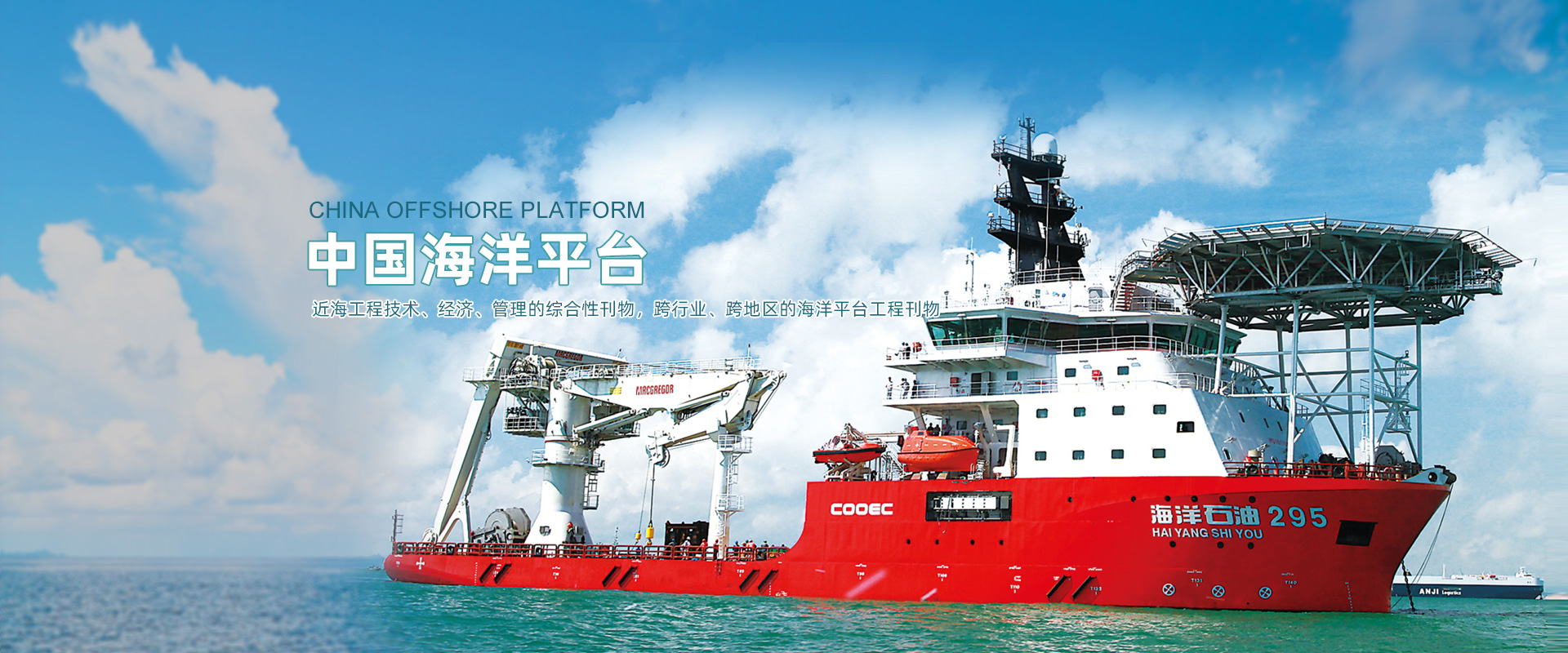Abstract:Floating offshore wind turbines are crucial equipment for the deepening development of marine wind energy. Operating in complex service environments, they must withstand combined excitations from wind, waves, and currents, among others, with the wind and current loads on the platform directly impacting their structural stability. In order to elucidate the characteristics of wind and current loads on floating offshore wind turbine platforms, a wind tunnel test system was constructed. For operational and towing conditions, the wind and current load characteristics of the platform were studied at different angles of incidence. The experimental results show that under operational conditions, when the platform has a 120° angle of incidence with respect to the wind/current, the wind and current load coefficients reach their maximum values, at 0.67 and 0.98 respectively. Under towing conditions, the maximum wind load coefficient for the platform occurs at a 120° angle of incidence, at 0.69, while the maximum current load coefficient occurs at a 90° angle of incidence, at 1.00. These results provide important data support for the optimization design and towing operations of floating offshore wind turbine platforms.
